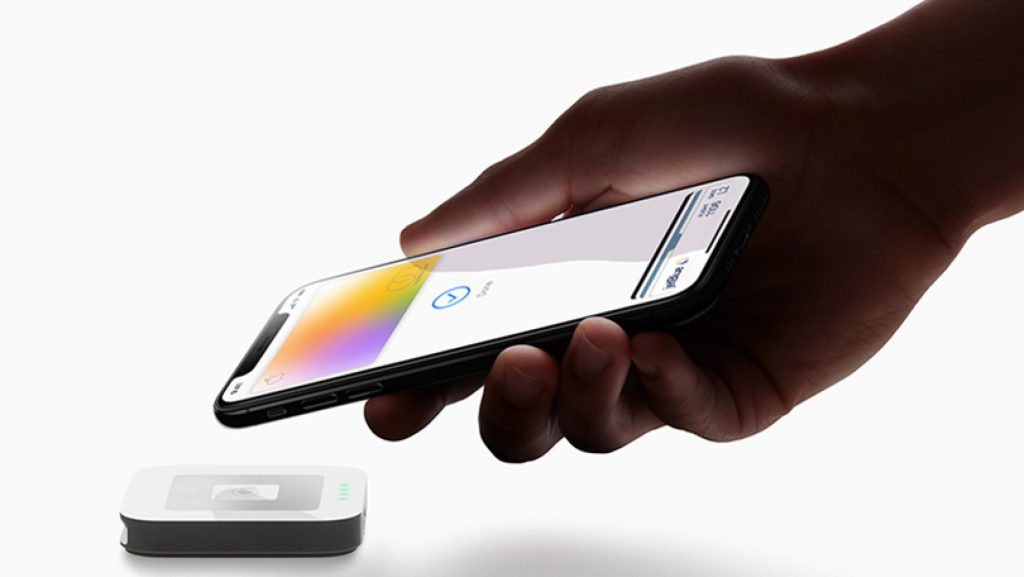By Chris Colbourn
iPhone owners can now apply for an Apple credit card in their phone’s preinstalled Wallet app, on any iPhone running iOS 12.4 or later. To apply, users need only input their date of birth, income, and the last 4 digits of their social security number, all in the app.
This data then goes straight to the bank issuing the card, Goldman Sachs for approval, without passing through Apple’s hands. All very painless and (you would hope) secure, without the need to call or even message the bank. Goldman Sachs states that “within a minute” your application will be approved or denied, and if you qualify, the Card will appear in your Apple Wallet alongside any other debit, credit and train pass cards you’ve set up in the contactless system Apple Pay.
It sounds a little strange that a new Apple service requires you to send your personal information directly to a third party like this, but Apple is not a bank, and so it’s unable to issue credit cards itself. In fact, it seems that at the back-end, the Card is run almost entirely by Goldman Sachs, whose customer service team will be providing support, rather than Apple’s own. Though this has given some people concerns about their privacy, Apple say that their deal with Goldman Sachs forbids them from selling purchase data to advertisers or any other third party, and it will only be used to approve or decline purchases.
Rather than trying to compete with premium credit cards that offer points that can be exchanged for access to airport lounges and the like, the Apple Card’s proposition is simple: a ‘low’ interest rate, and daily cashback on purchases made with the card, credited straight to your Apple pay account. By using their card, customers can get back 3% on payments made via Apple storefronts, 2% using the card with Apple pay, and 1% for other online and in-person transactions. Once the money is credited to your Apple Pay account, it can go toward paying off the card’s balance, be transferred to friends, other accounts, or used in transactions.
It seems like a skinnier set of rewards than you might expect from a luxury brand like Apple, but unlike premium cards, Apple does not charge for the service. There are no annual, late or international fees, just a 12.99-24.24% APR (annual percentage rate), based on the user’s credit rating. These are by no means “among the lowest rates in the industry”, as Apple stated when the Card was first teased in March. Rather, Apple hopes that the Card will provide customers with the cheapest rate available to┬áthem, and be affordable to as many iPhone owners as possible. By not charging fees, and apparently never accessing users’ purchase data at all, Apple misses out on valuable revenue streams for credit card companies.

What else do you get for gambling with your money like this? Rolled out across the US in August, the Apple Card User Interface offers users a lot of the same benefits as the Monzo app: within the Wallet app, offers can see their transactions categorised by type (groceries, food and drink, entertainment), budget tracking, and forecasts of the interest that they will build up if they don’t pay off their balance by the end of the month. All of this processing is done on the phone, without passing through Apple servers. A neat additional trick is the Card’s integration with Apple Maps, allowing you to see where you made transanctions that seem unfamiliar to you.
What Monzo doesn’t give you is a flash, headline-grabbing Titanium card. The physical card itself is a very pretty thing, and if you happen to have access to an engraver, you can put any design you want on it, but it is an entirely optional part of the service. The physical card can be used where vendors will not accept Apple Pay, and instead of displaying it’s card number, security code and expiry date, it is engraved only with the owner’s name. Apple says it is designed to improve security, but it does have the fringe-benefit of looking very cool.
Because the US doesn’t have Chip and PIN like the UK does, you can use the physical card just by swiping it at a checkout. This is of course, horribly insecure and I hope any UK roll-out of the card would devise a Chip and PIN, but users can temporarily block or entirely deactivate their physical card if they use it. Similarly, the card can be used online with a virtual card number that users can easily regenerate if they fear a site’s security has been compromised.
All this comes on the heels of a third-quarter earnings report showing that for the first time on seven years, the iPhone brings in under 50% of Apple’s revenue. Doubtless, this will change once the iPhone 11 range launches, but it does show that Apple is diversifying its holdings into services and wearables. The Mac and iPod lines each hold around 10% of revenue, with the remainder of the company’s earnings coming from services (grown 13% in the last year) and from ‘Wearables/Home/Accessories’ – formerly known as ‘other’ – which grew 48% in the past quarter.


